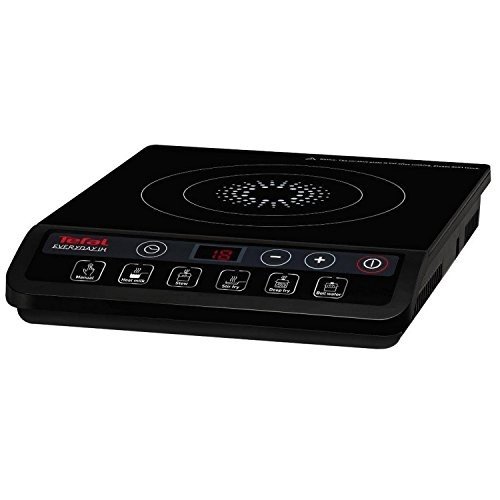When it comes to equipping your kitchen with the right appliances, ovens and hobs are two cornerstones of culinary convenience that no modern kitchen should be without. Whether you're an amateur home cook or a seasoned chef, the right oven and hob can elevate your cooking experience and transform your time in the kitchen. But with so many options and technologies available today, choosing the best oven and hob can feel overwhelming. This article delves into the details you need to know about ovens and hobs, covering types, benefits, and considerations for selecting the perfect fit for your home.
An oven is an enclosed chamber that cooks food using heat. Offering versatility, ovens allow you to bake, grill, roast, and even slow-cook recipes to perfection. Over the years, ovens have evolved to become smarter, more efficient, and tailored to meet varying needs.

Modern ovens come in various designs catering to diverse cooking styles. Here are some of the most common types available:
Conventional Ovens:
Convection Ovens:
Steam Ovens:
Microwave Ovens:
Smart Ovens:
A hob signifies the stovetop section of your cooking unit, used primarily for frying, boiling, simmering, and steaming. Hobs come in different styles, which influence both their functionality and aesthetic appeal.
Gas Hobs:
Electric Hobs:
Induction Hobs:
Ceramic Hobs:
When selecting an oven and hob for your kitchen, it's essential to assess your cooking habits, preferences, and budget. The following factors can guide your choice:
Some households prefer freestanding units that integrate both an oven and hob in one appliance. While these are cost-effective, their design and flexibility might not match upgrading standalone units independently.
Investing in modern appliances doesn't just upgrade your kitchen; it enhances your overall cooking experience. Here are some key advantages:
A conventional oven relies on natural hot air distribution, whereas a convection oven uses a fan to circulate hot air more evenly, resulting in faster and more uniform cooking.
No, induction hobs require cookware made of ferrous metals (e.g., cast iron or magnetic-stainless steel). To check compatibility, place a magnet at the bottom of your cookware—if it sticks, it’s induction-friendly.
Gas hobs are generally safe, but they necessitate ventilation and routine checks on the gas supply to prevent leaks. Models with flame-failure detection further enhance safety.
Convection ovens are superior for baking as the fan ensures even heat distribution, resulting in uniformly cooked cakes, cookies, and bread.
Dual fuel appliances combine a gas hob with an electric oven, providing the benefits of precise stovetop cooking along with efficient and even oven baking or roasting.
Proper care extends the lifespan of your appliances. Follow these guidelines to keep your oven and hob in top shape:
An oven and hob are indispensable components of every kitchen, and choosing the right model can make a world of difference. By understanding the available options and aligning them with your needs, you can ensure a seamless cooking experience. Whether you're renovating your kitchen or simply upgrading your appliances, this guide aims to simplify the decision-making process, paving the way for years of culinary delight.
Make the most of your kitchen, and let your oven and hob inspire your creativity and passion for cooking. Whether it's a comforting stew simmering on the hob or a delicious cake baking in the oven, the right appliances set the stage for culinary success.